Plein air or en plein air is an approach to painting that involves painting in the open. Painting in nature became very popular during the 19th century. This popularity was generated by members of various artistic movements, primarily impressionists, naturalists, and post-impressionists.
Numerous innovations in the field of painting tools have enabled the spread of this method. The English painter John Constable is considered to be the originator of the plein-air tradition. His departure from the traditional notion of landscape painting influenced many important artists, from Theodore Gericault and Eugene Delacroix to Claude Monet and his followers.
Hierarchy of painting genres / Beginnings of the Plein Air
painting
In order to more clearly understand the step towards the plein air method, it is necessary to understand which tradition this method opposes. During the early and late modern period, there was a clearly established hierarchy of the painting genres in European culture. Thus, the primary or highest position was occupied by history painting, the next place belonged to portrait painting and the third to the genre painting. The so-called lower genres consisted of landscapes and still lifes. The lower genres of painting is valued in that manner because it was perceived as fragmentary painting. In such a hierarchy, fragments of landscape or still life formed the default elements of historical painting. The highly valued narrative component of historical painting conditioned the perception of landscape painting as banal.
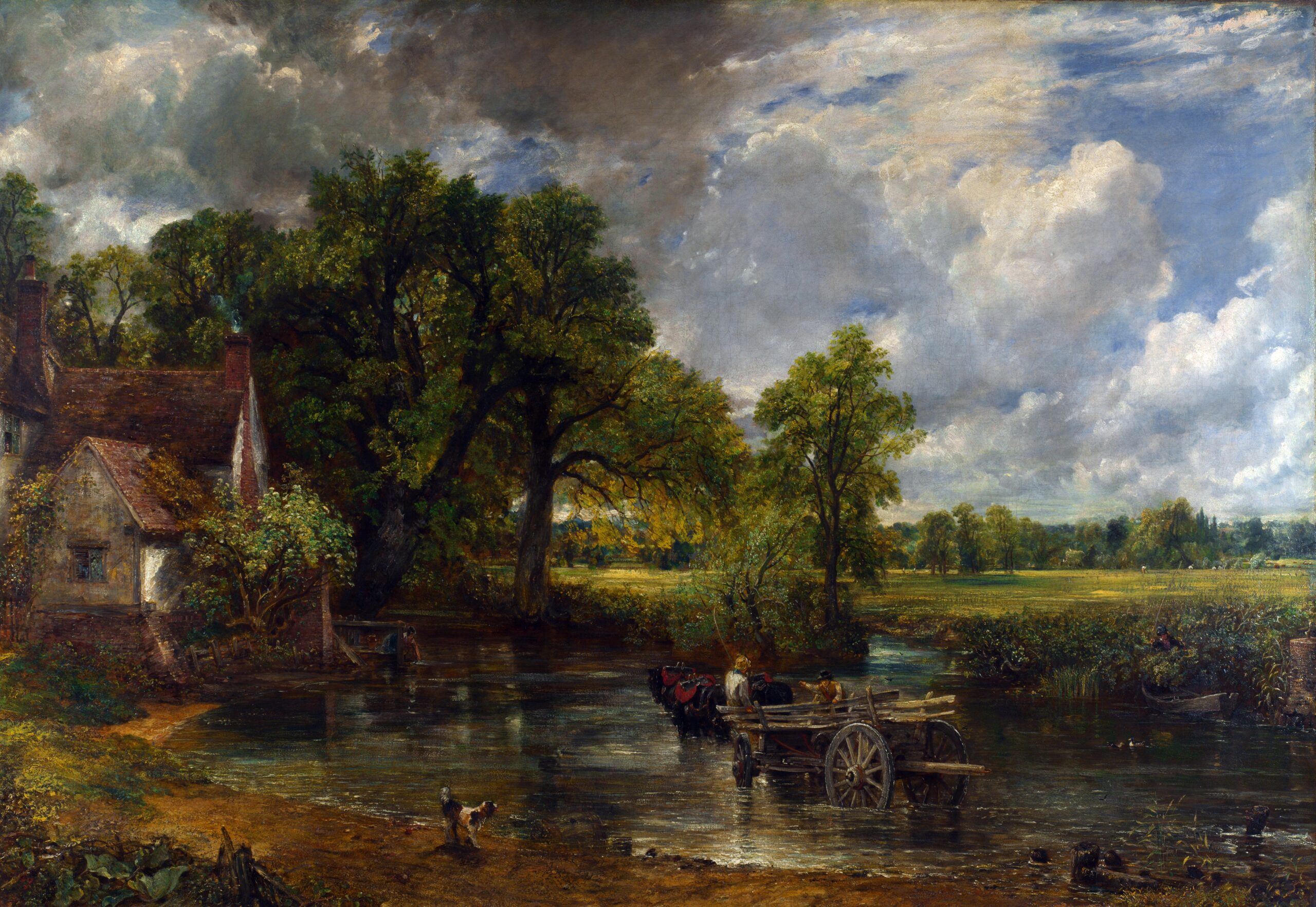
It is also important to point out that the creation of ideal landscape relations was considered an intellectual preparation of the painting. That is, the search for ideal proportions in the structure of the landscape was a job done in the studio and not in nature. The natural environment was the starting point for the further development of imaginary or so-called improved landscapes. Since the early 19th century and the work of John Constable, landscape painting has been rapidly liberated and developed. Many painters abandon the previous tradition of constructing landscape scenes in the interior and start painting outdoors in search of an authentic natural environment. The realization of the entire painting process – from the sketch to the final phase – in the exterior completely changed the understanding of the painting. The previous imperative of the painting process, which was reflected in the controlled conditions of the studio, has now been annulled by unpredictable working conditions in nature.
John Constable and painting en Plein air
John Constable departed both from the value system that degraded landscape painting and from the process of painting in the studio by going out into nature. Until then, painters usually sketched certain scenes from the exterior, collected ideas, and then combined them indoors.
Constable claimed that the nature he was surrounded with, was full of harmonious aesthetic principles which, if he was a painter good enough, he would be able to transfer to the canvas in an authentic form. This feature of direct observation in plein air practiced by Constable influenced the development of naturalism as an artistic movement that sought to present life in the most natural way without academic refinement.
However, the real popularity of en plein air painting was not achieved with the work of naturalists, but with the success of the impressionists in the late nineteenth century.
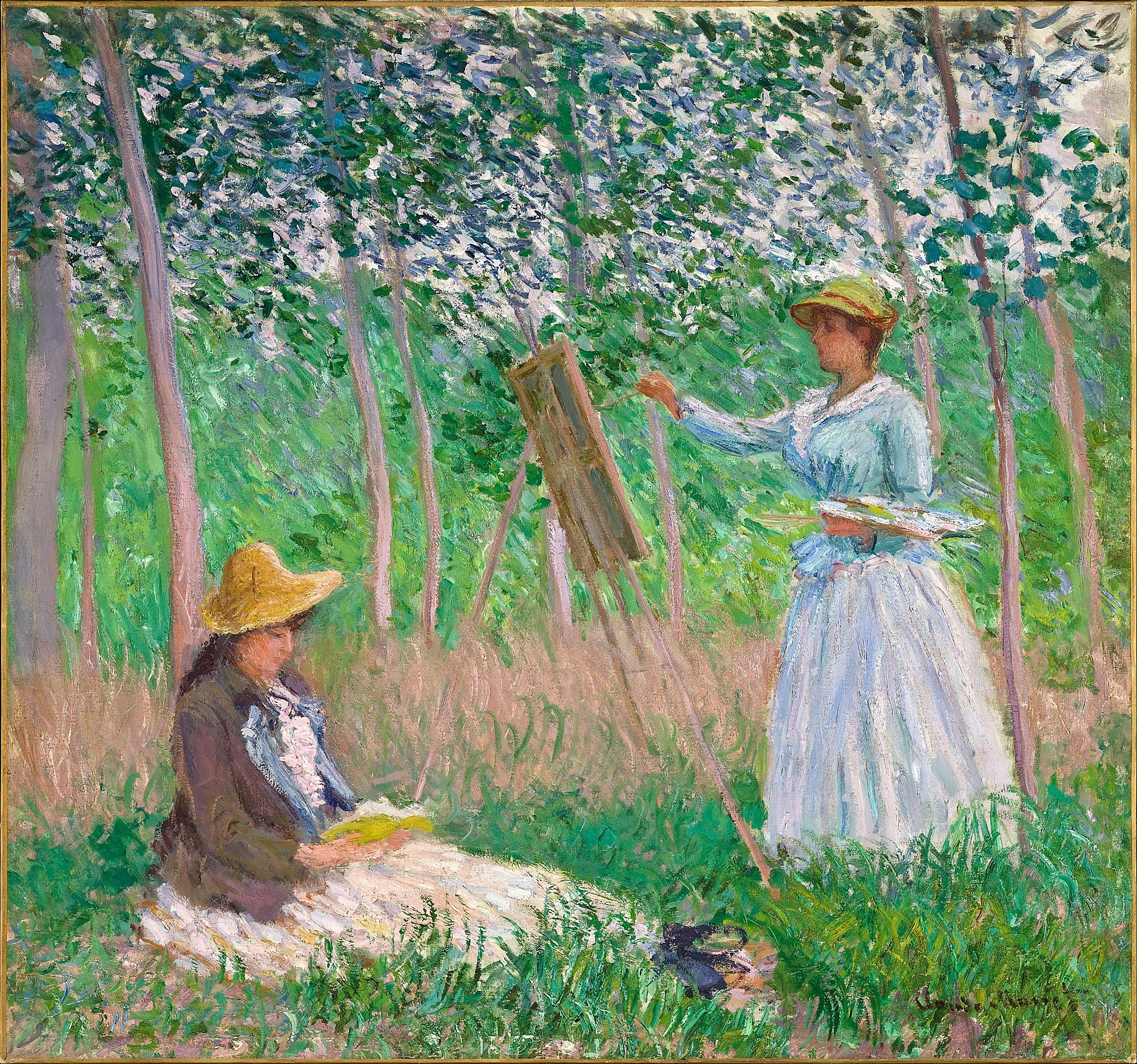
Innovations in Painting Tools – The Color Tube and French Easel
The revolutionary inventions that enabled the plein air painting experience are the Plein Air easel or French easel and the paint tube.
These discoveries of the mid-nineteenth century completely changed the habits of painters. Until then, the established and, above all, long-lasting processes of paint preparation have completely disappeared with the discovery of the paint storage tube.
The traditional process of preparation for painting in the atelier involved selecting pigments and mixing the paints in appropriate small quantities that were sufficient to work on certain parts of the painting in a short period of time.
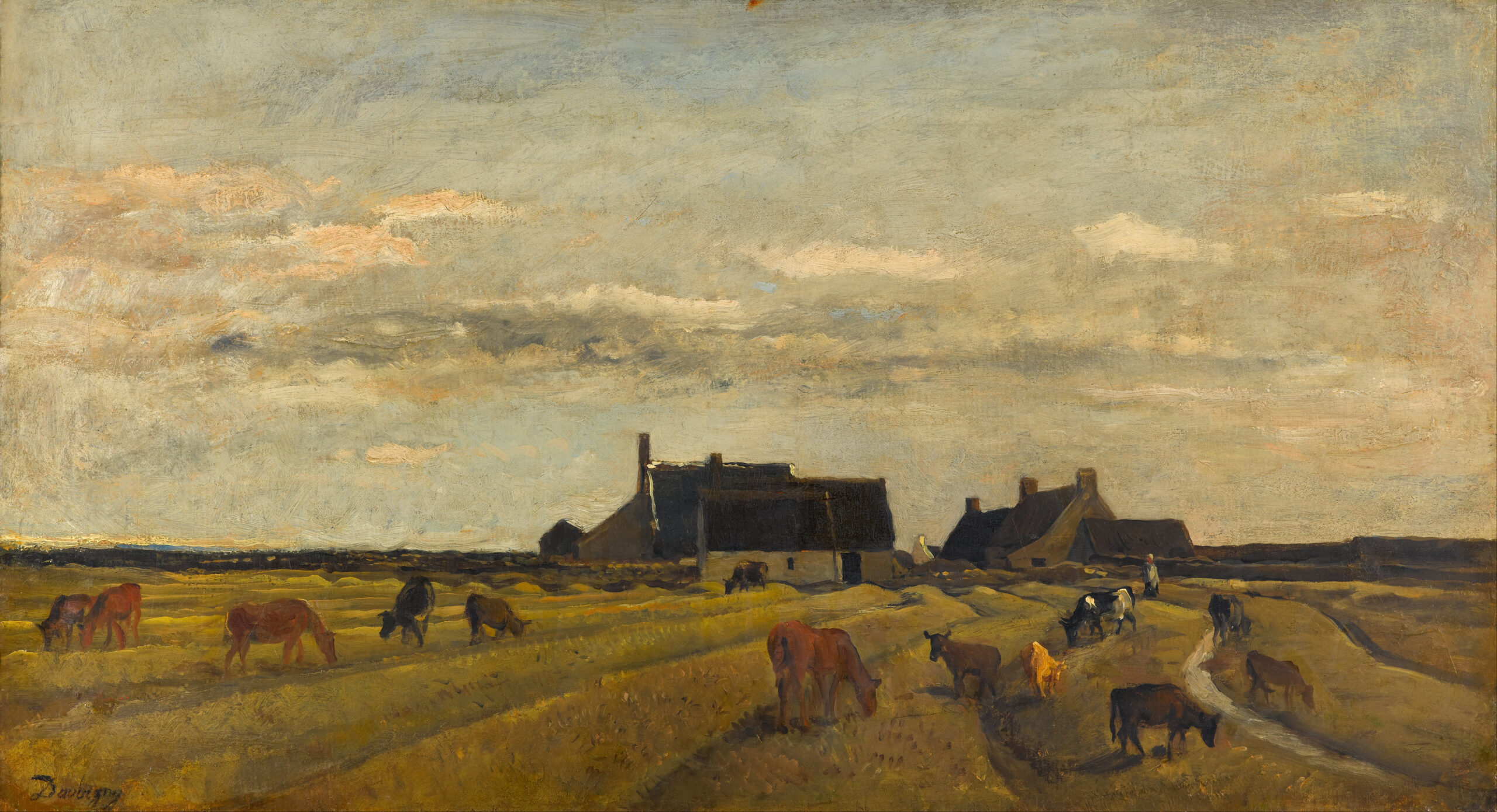
Time played a crucial role since the paint dried quickly and lost its freshness. John Goffe Rand in 1841 patented a color tube that would offer plein air painters an almost inconceivable speed of painting. The new easel with its practical design allowed easy portability and perhaps most importantly it included a compartment in which color tubes, palette knives, and other equipment could be stored.
Plein air painters embraced these discoveries, which enabled them to capture an image on the spot and simply paint in the open air. Painting en plein air gave the impressionists an authentic chance to explore the natural light. Claude Monet as a major proponent of painting outdoors often painted on several canvases at the same time, depending on the change of light the moment would bring.
Plein air method with new painting tools has enabled the painting to be completely finished outdoors in the oil technique. Plein air oil painting brought new tones of colors that remained fresh regardless of the time. The availability of the necessary painting tools outdoors paved the way for plein air painting, which became a common painting practice of french impressionists and many other artistic movements.
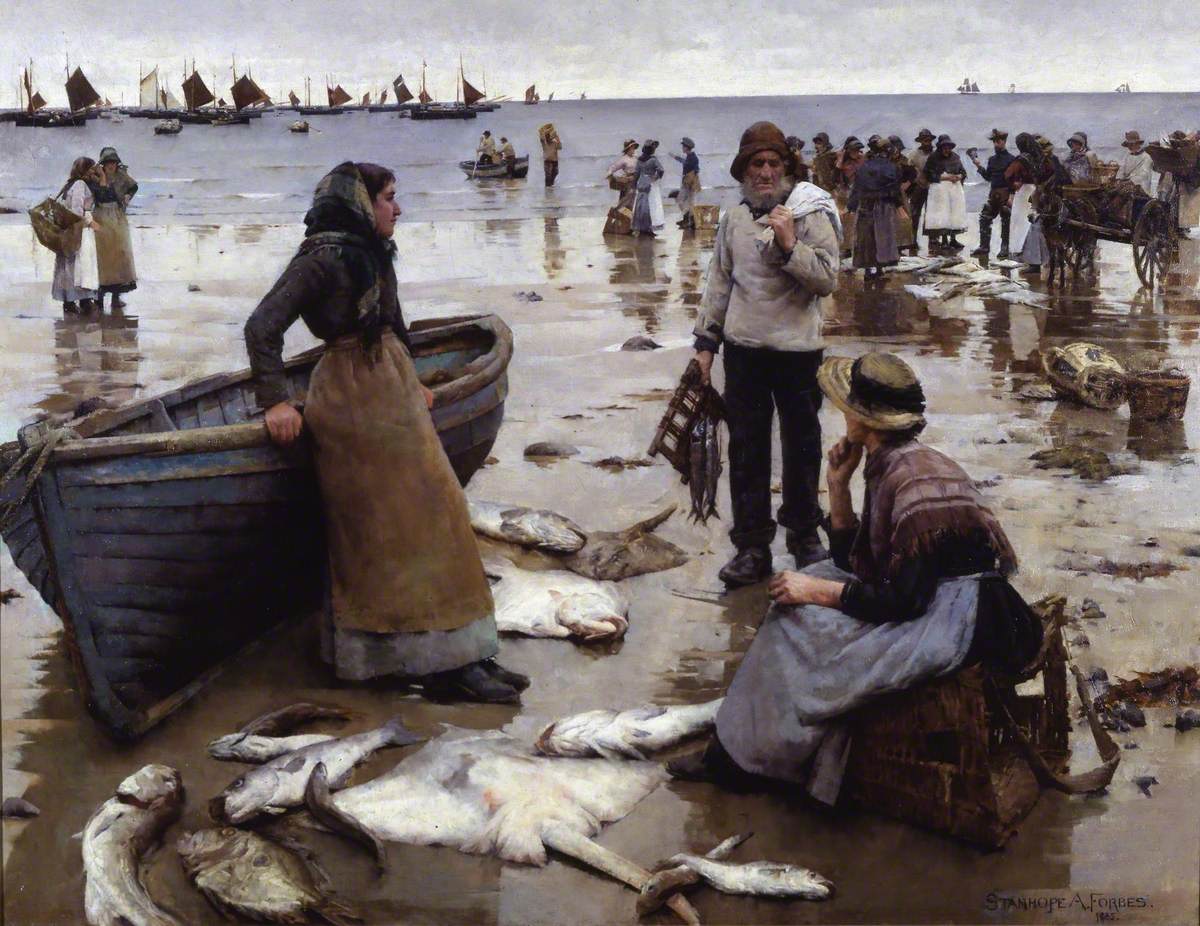
Development of Plein Air Painting in Art schools and Colonies
The Barbizon School
The Barbizon School of painters attracted many artists who were inspired by the then increasingly famous Constable’s painting in France. Following his ideas, these painters were among the first to make the French landscape the dominant subject of their paintings. The naturalistic approach was also noticeable in the often-shown scenes from peasant life. These scenes gained a particularly engaged dimension in European painting after the 1848 revolution.
Famous artists who belonged to this school are Theodore Rousseau, Charles-Francois Daubigny, Jules Dupre, and Jean-Francois Millet.
The phenomenon of gathering painters in Barbizon and their plein air painting of rural scenes will soon spread throughout France and Europe and become a new model of collective artistic activity.
In the early 1880s, artists led by Stanhope Forbes and Frank Bramley began arriving in Newlyn, creating the so-called Newlyn School.
Newlyn School
Scenes from the rural life of the locals were their inspiration. They often painted en plein air scenes from the life of fishermen. Preoccupation with the theme of fishermen’s life was also characteristic of painters who participated in the colony in Skagenn.
Skagen
This Danish colony attracted many artists who mostly represented the lives of the local population in the plein air method, but also landscapes, seascapes, lighthouses, etc. Famous participants of this colony are Christian Krohg, Carl Larsson, Anna Ancher, etc.
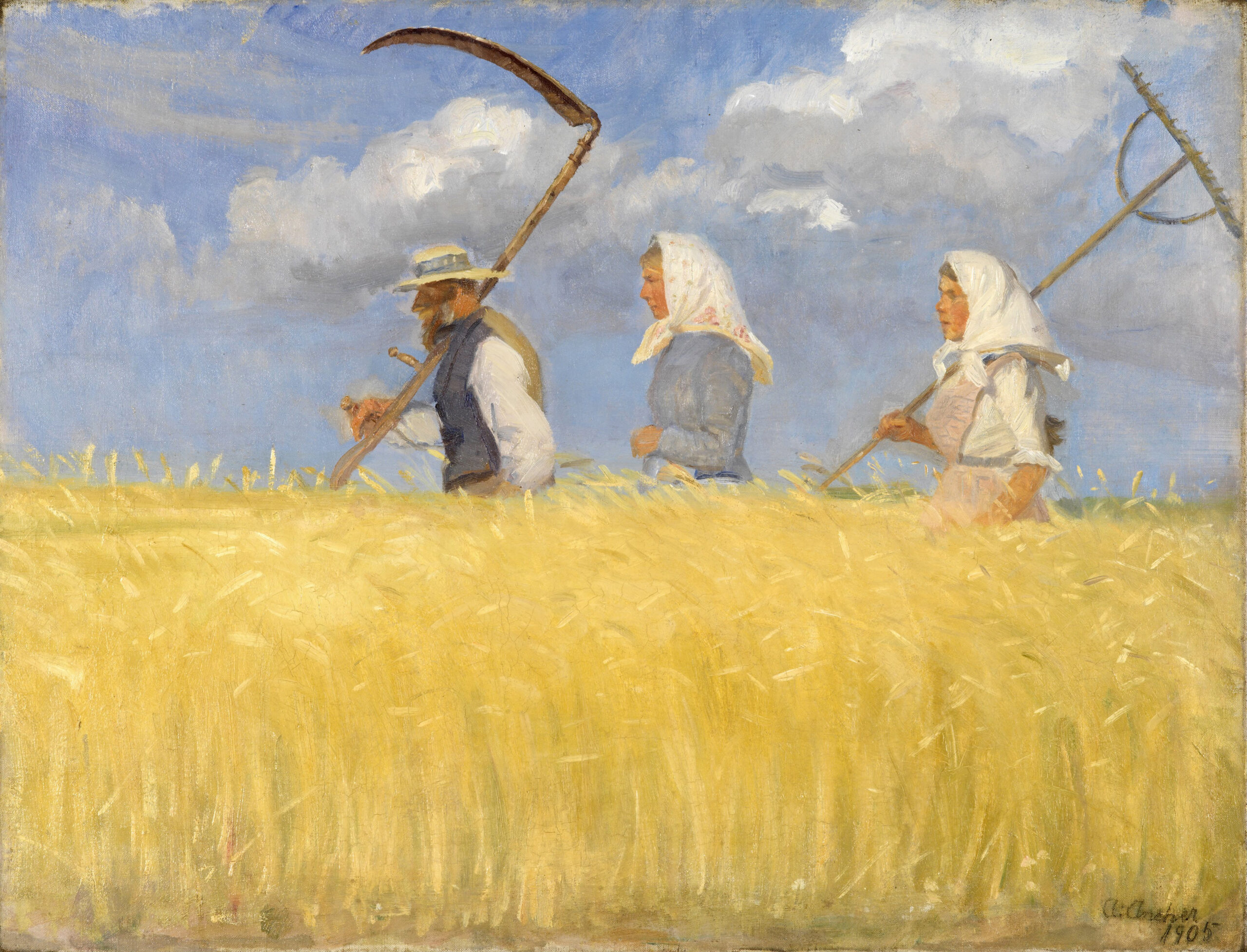
Pont Aven
Pont Aven is a painting colony that developed very quickly. From the 1860s to the 80s, this colony became not only one of the most famous in France but also in Europe. Numerous artists from all over Europe and the United States were among the annual members. Perhaps the most famous participant among the many who painted en plein air in this colony on the coast of Brittany was Paul Gauguin.
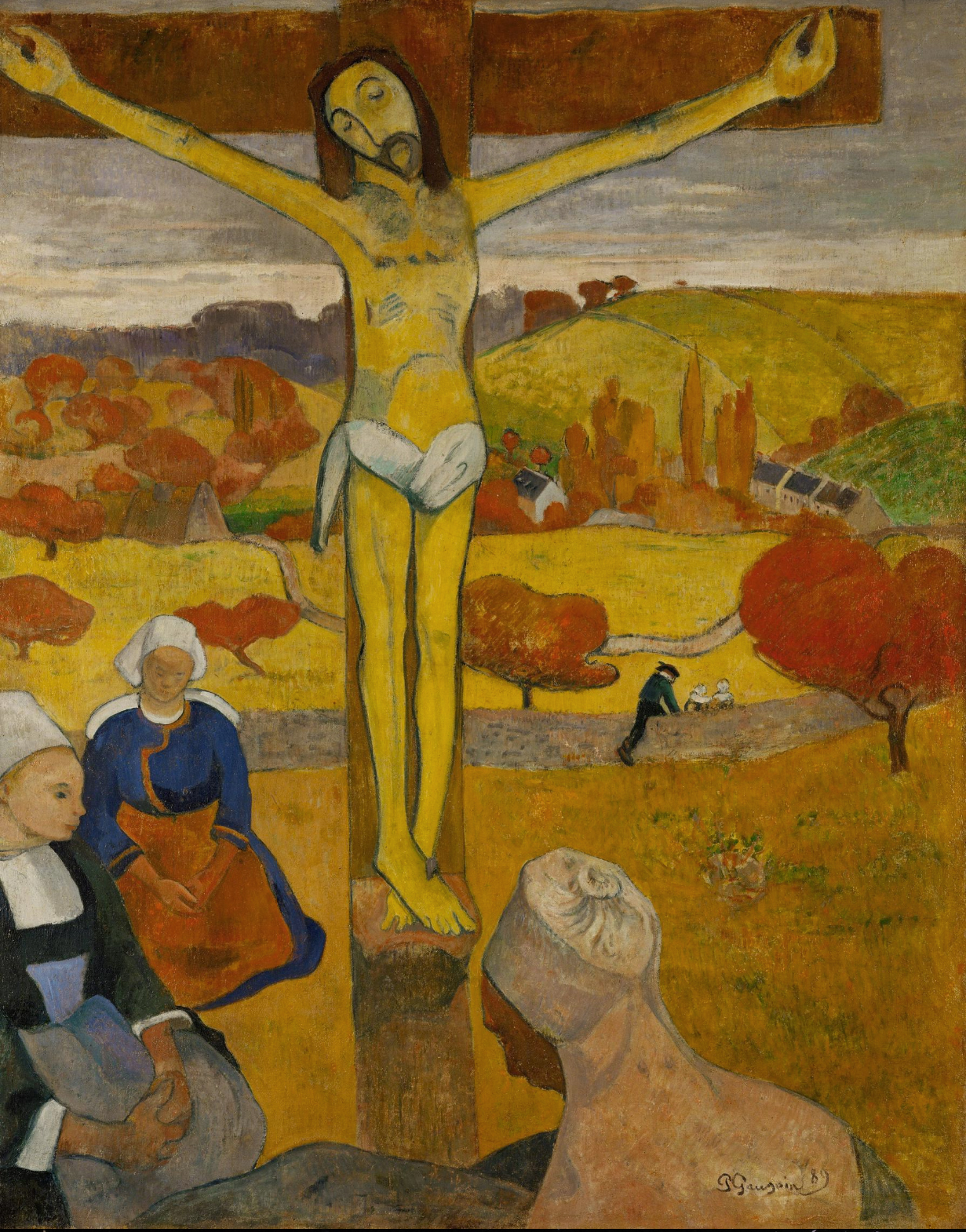
Among the most famous art colonies in Austria-Hungary was the Nagybanya Artists Colony. The central method used by the participants in the colony was en plein air painting. Among the prominent artists who have worked here are: Karoly Ferenczy, Bela Ivanyi Grunwald, Simon Hollosy, and Istvan Reti.
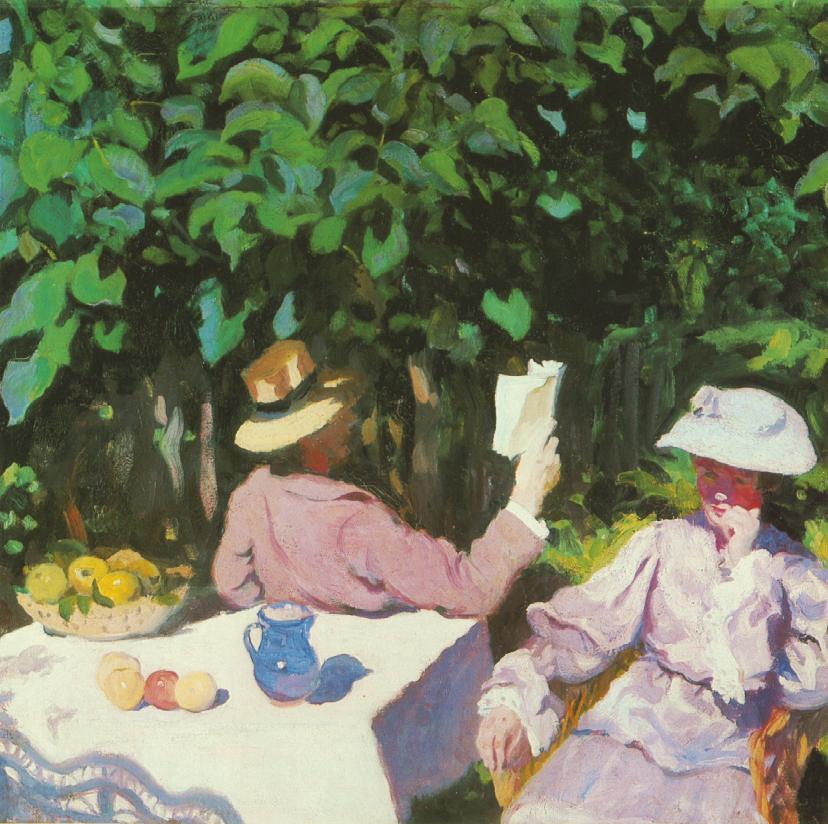
Notable Plein Air Artists
- John Constable (1776-1837)
- Theodore Gericault (1791-1824)
- Eugene Delacroix (1798-1863)
- Claude Monet (1840-1926)
- Theodore Rousseau (1812-1867)
- Charles-Francois Daubigny (1817-1878)
- Jules Dupre (1811-1889)
- Jean-Francois Millet (1814-1875)
- Stanhope Forbes (1857-1947)
- Frank Bramley (1857-1915)
- Christian Krohg (1852-1925)
- Carl Larsson (1853-1919)
- Anna Ancher (1859-1935)
- Paul Gauguin (1848-1903)
- Vincent van Gogh (1853-1890)
- Karoly Ferenczy (1862-1917)
- Bela Ivanyi Grunwald (1867-1940)
- Simon Hollosy (1857-1918)
